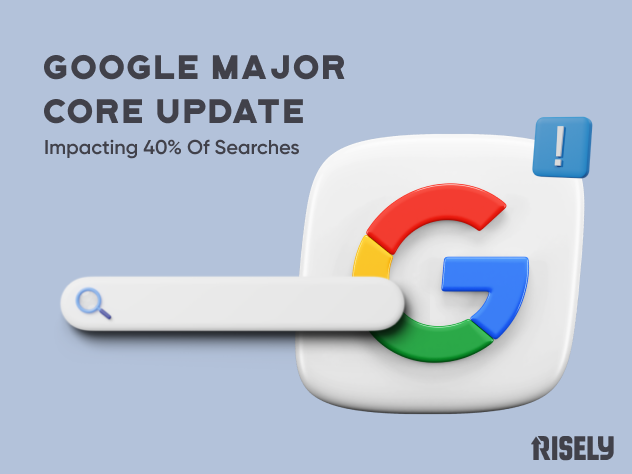
How to Create a Small Business Blog (in 6 Steps)

If you are late to the blogging game, no worries. It’s never too late to get in on this social media tool to pull in more customers for your small businesses. Whether you’re a dentist or a real estate agent, blogging can do you a world of good, bridging the gap between existing and potential clients.
First off, let’s define what a blog is. Essentially, this is a web page that is regularly updated with relevant, interesting content written in a conversational and informal tone.
Think of it as a combination of a journal, educational tool and advertising technique. The trick is to make it look more like an informational piece of content than a blatant advertisement for your business.
With that in mind here are 6 simple tips to follow when creating your small business blog.
1. Balancing Your Blog
Therein lies the rub: how do you craft your blog to contain a blend of all of the above without it sounding like you’re making a pitch? Well, the best way to go about this is to hire a content professional who does this for a living. They have the time, experience and skill set to make this happen, whereas you may be extremely busy trying to, well, run your business. That being said, we have some pointers for you if you’re going to tackle this solo.
2. Use Your Voice
In general, you want to nix the marketing jargon and focus on speaking in your own voice. Save the pitch for the rest of your website. For your blog, get loose, get comfortable, and get real.
The truth is, your customers want to hear the real deal. What’s going on in the industry today and how does it affect them? How can they save money or time? These are the questions you want to be answering.
Make it easy for people to share what they find interesting. For that, be sure to embed social share triggers in key strategic locations within the blog, says Social Media Examiner. By keeping your blog social, you’re encouraging feedback from your customers and potential customers. Don’t hit them with underhanded sales tactics; that will just scare them off. Get on their level and foster ongoing relationships.
3. Go Beyond What’s Expected
Writing a blog off the cuff is no small feat. In many instances, it becomes necessary to back up what you’re saying with reference links, research and articles. Linking to those resources is a critical part of educating your customers, so that they can do their own research and validate what you’re telling them. It’s a good idea to link to white papers, YouTube videos, research papers, and articles that further illustrate your point.
After all, part of the strategy of a blog is to position yourself at the forefront of your industry as the leading expert in your field. Your blog should become an education center of sorts where customers and potential customers can learn more information. Link to your social media accounts and other resources to always keep the door open. Don’t let your blog end there: always keep the lines of communication and further knowledge open. Put the content out there, become a teacher, and watch the customers come to you.
4. Regular Updates
That leads us to the importance of updating your blog. The only thing worse than not having a blog is letting your blog become stagnant. We’ve all run into this at some point while browsing business websites. You click on the Blog page to see what you can learn and all you come across is a blog dated two years ago. What a let-down. This tells the viewer that the website is neglected, and, by association, the business must be neglected too.
If the company can’t keep up with a simple blog, how can they meet your needs as a customer? Many times, people move on to a competitor if a website shows signs of neglect. Fresh, engaging content is imperative, not just in blogs but in all pages of the site. If you let your blog content stagnate, you’re losing customers. Period.
5. Well-Written Content
A blog with typos and bad grammar does more damage to your reputation than if you simply had no blog at all. Just like a blog that’s not updated regularly, a poorly written piece of content will turn readers off. if you can’t spell right, why would anyone trust you with their dental work?
6. Implement Calls to Action
The best-crafted blog in the world won’t do a bit of good if you don’t incorporate a call to action at the end. Think about what you want to accomplish with that particular blog and where you want to drive traffic. If your blog is about how spring and summer are the hot times to sell your house, back it up with stats and links of course, but don’t forget to call your readers to action in some way: perhaps offer $500 off closing costs if they put their house on the market by July 31 with you.
Entice them to call you, offer them a way to save money, and you will get results. Show them the benefits — not just of putting their home on the market — but why they should do it with you.
Give our team a shout if you need help crafting your blog and drawing in customers. We do this all day long and know a thing or two about crafting compelling content that’s engaging, relevant and refreshing.



